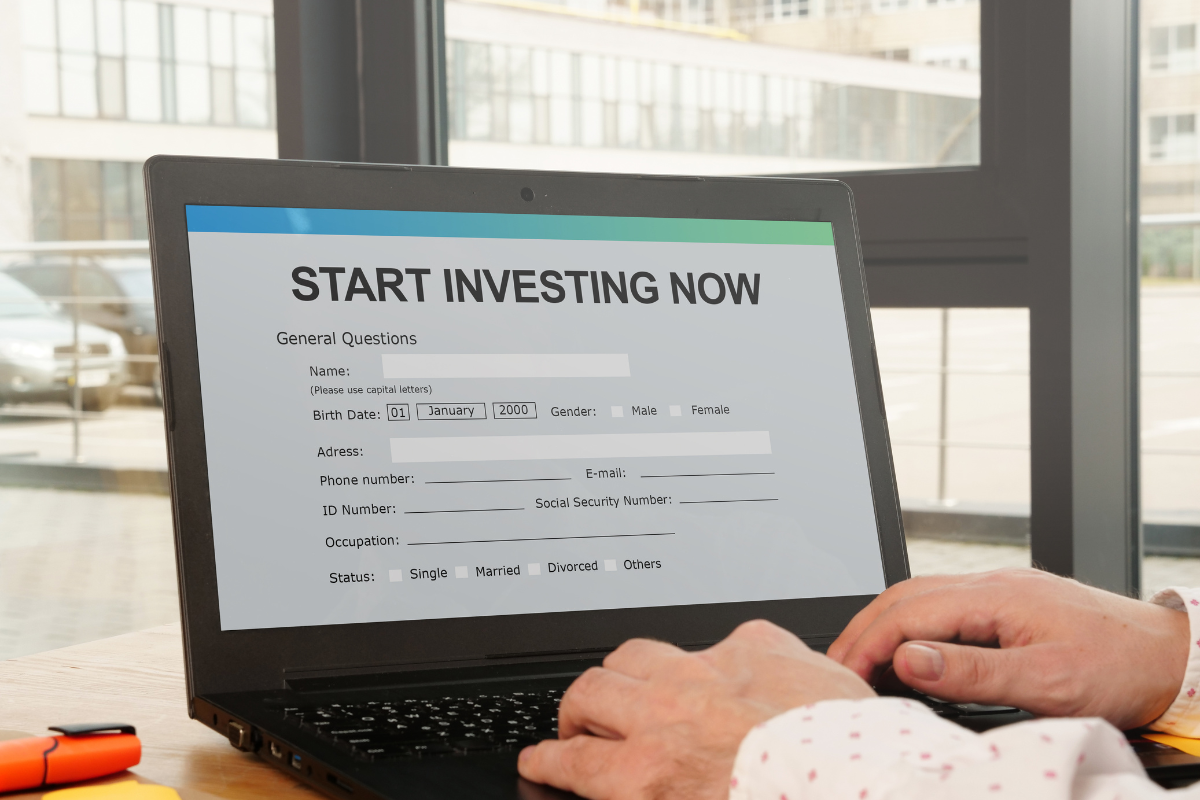Singapore, a dynamic financial hub in Southeast Asia, presents a wealth of opportunities for those eager to grow their money. But for beginners, investing can seem overwhelming—full of unfamiliar jargon, unpredictable risks, and endless choices. With so much information out there, knowing where to start is often the hardest part.
This guide is here to cut through the noise. Whether you’re looking to beat inflation, build long-term wealth, or plan for retirement, the key is to start with a strong foundation. We’ll walk you through the essentials—from understanding your financial health and risk tolerance to exploring beginner-friendly investment options available right here in Singapore.
Designed specifically for first-time investors, this roadmap aims to make the process simple, clear, and actionable. No complex terms or insider knowledge required—just practical advice you can use. If you’ve been holding back because investing feels too complicated, now’s the time to take your first step with confidence. Let’s get started.
Setting the Foundation – Before You Invest a Single Dollar
Why Invest in Singapore? What’s in It for You?
Singapore is a stable, well-regulated financial centre, making it an ideal environment for first-time investors. Governed by the Monetary Authority of Singapore (MAS), the city-state boasts a transparent regulatory framework and easy access to both regional and global markets.
But why invest at all? Left idle, your money loses value due to inflation. By investing, you give your money a chance to grow and stay ahead of rising costs. Even modest returns can accumulate significantly over time thanks to the power of compound interest, where you earn returns not just on your initial capital, but also on the interest it generates over time.
Your Financial Health Check-Up: Are You Ready?
Before diving in, assess your financial readiness.
Emergency Fund First
A robust emergency fund—typically three to six months’ worth of living expenses—is essential. This ensures you won’t need to pull from investments in a crisis. In Singapore, you can park this in high-yield savings accounts, short-term fixed deposits, or money market funds via platforms like Endowus Cash Smart for relatively stable returns with liquidity.
Debt Management
Pay off high-interest debts—especially credit cards—before investing. The interest you’re paying likely outweighs any potential investment gains.
Budgeting Basics
Track your income and expenses to identify your investable surplus. Without a clear picture, investing becomes guesswork.
Defining Your Goals: What Are You Saving For?
Are you saving for an HDB flat down payment? Your child’s education? Retirement? Setting specific, measurable goals helps you choose the right investment strategy. Different goals influence your investment horizon (how long you plan to stay invested) and your risk tolerance (how much volatility you can stomach).
Short-term goals (1–3 years) might require lower-risk instruments. Long-term goals (10+ years) can afford more volatility for potentially higher returns.
Understanding Your Risk Profile
Risk tolerance is essentially how you react to market ups and downs. Ask yourself:
- Would I panic if my investment dropped by 20% in a month?
- Am I investing for a goal 10 years away or just two?
Based on your comfort level, you can classify yourself as:
- Conservative: Prefer stability over high returns.
- Moderate: Willing to accept some risk for balanced growth.
- Aggressive: Comfortable with volatility for higher potential returns.
Exploring Investment Avenues for Beginners in Singapore
Low-Risk Starting Points: Building Confidence and Capital
Singapore Savings Bonds (SSBs)
Backed by the government, SSBs are low-risk, pay step-up interest, and are redeemable monthly. They’re ideal for beginners seeking safety and steady returns.
Treasury Bills (T-Bills)
Short-term government securities (6-month or 1-year tenors) that offer guaranteed returns—safe and suitable for conservative investors.
Fixed Deposits
Offered by banks, these provide fixed returns for locked-in periods. Rates vary but are generally low-risk.
CPF Investment Scheme (CPFIS)
Allows CPF members to invest OA and SA funds in approved products. It’s crucial to evaluate returns vs. CPF’s guaranteed interest (2.5–4%).
Supplementary Retirement Scheme (SRS)
Voluntary scheme that offers tax relief and allows investments in unit trusts, stocks, ETFs and more. Great for those planning for retirement. Learn more from IRAS’ official page.
Diversifying for Growth: Beyond the Safest Shores
Exchange Traded Funds (ETFs)
ETFs pool various assets like stocks or bonds. They offer diversification and are listed on exchanges (e.g., SGX). For example, the STI ETF tracks the performance of the top 30 companies in Singapore.
Robo-Advisors
Platforms like StashAway, Syfe, and AutoWealth use algorithms to build diversified portfolios based on your risk profile. They’re beginner-friendly with low starting capital (as little as S$100) and require little maintenance.
Unit Trusts (Mutual Funds)
Actively managed funds that provide diversification but often come with higher fees. Available through banks and financial advisers.
Regular Savings Plans (RSPs)
Let you invest a fixed amount monthly in ETFs or unit trusts. This technique, known as dollar-cost averaging, smooths out price volatility over time.
Understanding Individual Stocks (With Caution)
Stocks represent ownership in a company. While they can offer high returns, they also carry higher risk. Beginners should avoid stock picking unless they’re willing to research thoroughly.
If you’re keen, start with blue-chip stocks like DBS, Singtel, or Keppel Corp—established companies with stable performance and dividend histories.
Practical Steps to Get Started in Singapore
Choosing the Right Platform
Robo-Advisors
Best for hands-off investors who want automatic portfolio management.
Brokerage Accounts
If you want to buy ETFs or individual stocks, you’ll need a brokerage. Popular beginner-friendly platforms in Singapore include:
- Moomoo
- Tiger Brokers
- Syfe Trade
- Interactive Brokers
- Saxo
- Longbridge
Compare fees, user interface, and available markets before committing.
CDP vs. Custodian Accounts
If you buy SGX-listed stocks, a CDP account (linked to your NRIC) lets you hold securities directly. In contrast, a custodian account holds shares on your behalf (typically cheaper for frequent trading but with fewer rights).
Opening Your Investment Account
Most platforms allow online account opening using SingPass. The typical process includes:
- Filling out personal and financial info
- Completing risk profile questionnaires
- Identity verification
- Depositing funds
Starting Small and Staying Consistent
You don’t need a fortune to start. With robo-advisors and RSPs, you can begin with just S$100–S$500.
More important than timing the market is time in the market. Regular investing builds discipline and cushions against market volatility.
Continuous Learning and Monitoring
Investing is not a one-time event. Make it a habit to:
- Review your portfolio every 6–12 months
- Rebalance if your asset allocation drifts
- Stay informed with credible sources like MoneySense, Singapore’s national financial education portal
Avoid panic-selling during downturns and remember: investing is a marathon, not a sprint.
Conclusion

Starting your investment journey in Singapore doesn’t have to be intimidating. With the right mindset, a clear plan, and a commitment to learning, even a complete beginner can take confident steps toward financial freedom. Singapore’s stable economy, strong regulatory framework, and range of beginner-friendly platforms make it an ideal place to start investing. Whether you’re setting aside S$100 or S$10,000, the most important step is simply to begin.
Start small, stay consistent, and focus on building good financial habits—like budgeting, setting clear goals, and investing regularly. Over time, even modest investments can grow significantly through the power of compounding.
Remember, financial freedom isn’t reserved for the wealthy or the lucky—it’s attainable for anyone who’s willing to plan ahead and take action. With discipline, patience, and the right tools, your money can start working for you today. The earlier you begin, the better your chances of achieving the long-term goals that matter most.



